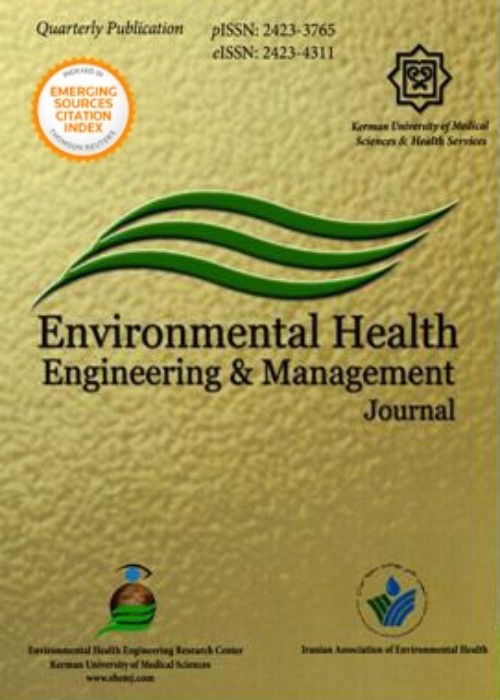Association of urinary triclosan and methyl-triclosan levels with predictive indicators of cardiovascular disease and obesity in children and adolescents in 2020 (case study: Kerman, Iran)
Exposure of children and adolescents to endocrine disrupting chemicals (EDCs) causes the development of non-communicable diseases. Triclosan (TCS) is a fat-soluble antimicrobial agent, and methyl-triclosan (MTCS) is the predominant metabolite of TCS. The increasing use of consumables TCS (toothpaste, mouthwash, personal care products) in human has raised concerns about human health.
The urinary concentrations of TCS and MTCS were measured by GC/MS. Lipid profiles (TG, TC, LDL, and HDL), anthropometric parameters (WC, BMI z-score, and BMI), FBS, SBP, and DBP tests were performed on 79 children and adolescents.
Of 79 people included as the study population, 42 subjects (53.16%) were males. Most of the study population as 32 subjects (40.50%) were obese. The mean concentrations of TCS and MTCS in the obese population were 5.47 ± 2.99 and 2.32 ± 1.04 µg/L, respectively. After adjusting for possible confounding factors, the results showed that a one-unit increase in DBP caused a 0.03 units increase in TCS levels in male subjects (P = 0.01). A one-unit increase in DBP also caused a 0.02 units increase in MTCS (P = 0.001). There was a significant relationship between TCS and HDL (OR = 0.90, P = 0.005), LDL (OR = 1.13, P = 0.01), and TG (OR =1.05, P < 0.0001). There was also a significant relationship between MTCS and HDL (OR = 0.88, P = 0.001), LDL (OR = 1.03, P = 0.009), and TG (OR = 1.04, P < 0.0001).
According to the results, there is a relationship between TCS, MTCS, and predictive indicators of cardiovascular diseases and obesity.
- حق عضویت دریافتی صرف حمایت از نشریات عضو و نگهداری، تکمیل و توسعه مگیران میشود.
- پرداخت حق اشتراک و دانلود مقالات اجازه بازنشر آن در سایر رسانههای چاپی و دیجیتال را به کاربر نمیدهد.


